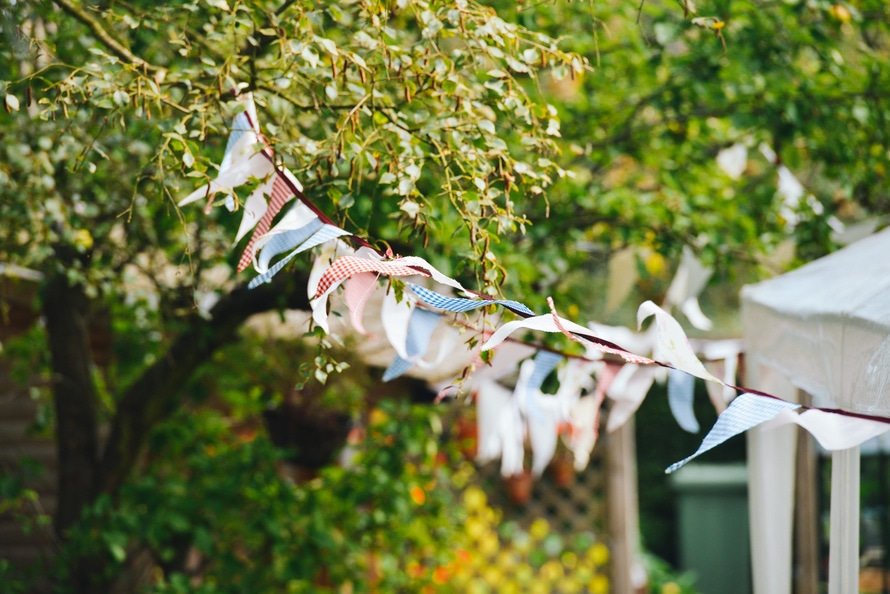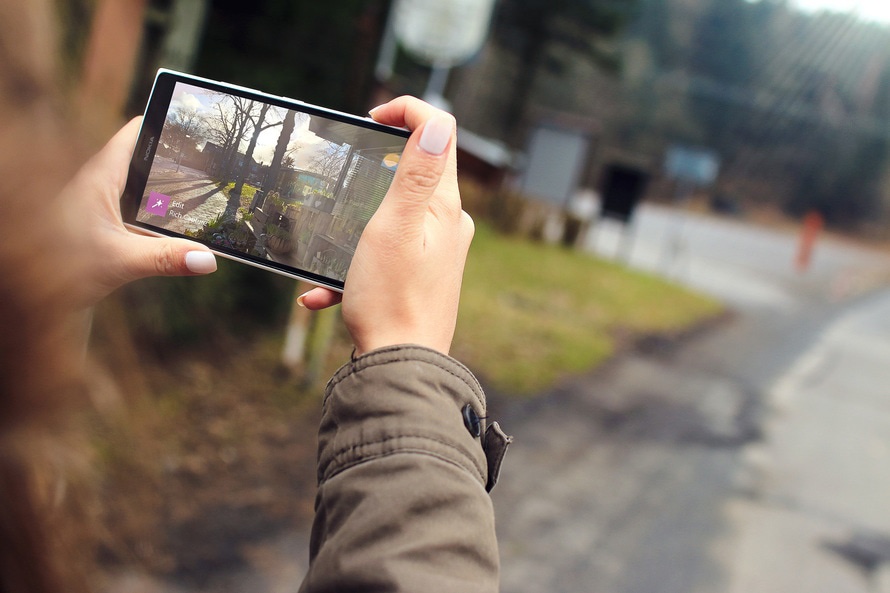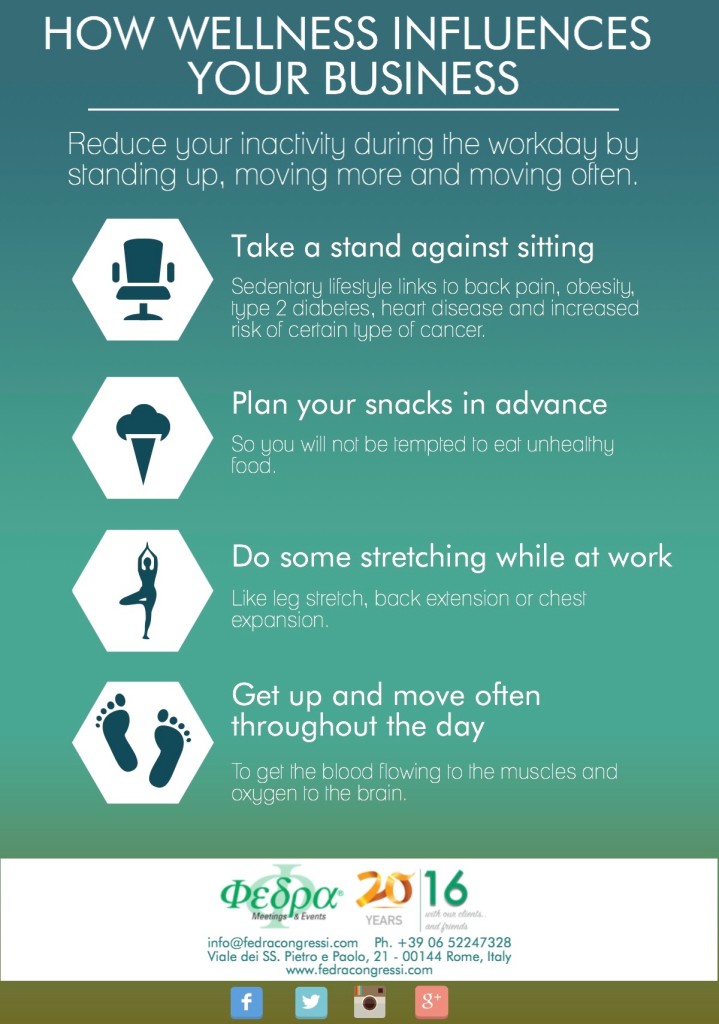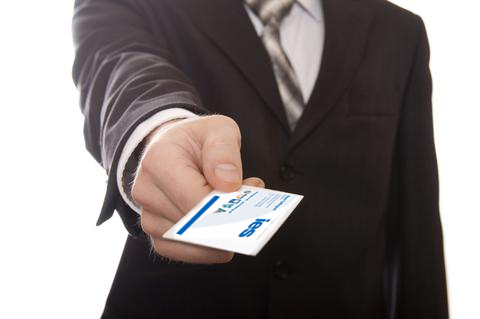You spent time and money into the opening of an activity, you passed unscathed a jungle of bureaucratic demands, an odyssey of restructuring and supply contracts… And now you arrived at the inauguration day. The real work starts now.
In the first month of life, in fact, a new business forms the basis of his reputation: the choices made at this stage will affect the future of the whole enterprise.
The opening of your activity is not only a necessary step before you start to work seriously, it is a fundamental and irreplaceable element in the promotion of your business.
Here are five ideas to make it memorable.
- The rules of good neighbourliness
Make sure that the opening will serve to reinforce the good neighbourly relations with residents and other merchants of your way.
If possible, transform everything into an event with music and drink in the street, but, if your location does not allow it, remember to personally invite other traders in the area and generally make sure that their businesses can benefit from the traffic generated from your inauguration.
- Pictures or it did not happen
Invest in a good photographer. Of course, an Instagram filter can do wonders, but it can not compete with a professional photo shoot, which also remains visible long after the event on your website or on your Facebook page.
There’s no sandwiches tray photographed with the smartphone that can compete with a well post-produced photo of your guests enjoying the event with a good glass of white wine.
- Special moments streaming
Until recently, the online streaming option was available only in front of substantial budget. Today, thanks to Periscope and other similar platforms, a smartphone connected to internet can provide to a real live session.
Focus on something that really captures the attention of your potential audience, such as music or entertainment gadgets as gifts (see point 4).
- All customers are special
But those who are at the opening event are more, so prove it with a small gift to each one.
Put in your budget, among the promotional investments, a number of discount vouchers, gadgets or coupons, to give to your attendees.
This is the best way to capitalize on the enthusiasm of the event and start building a loyal customer base and a good reputation for your business.
- The difference between the opening event and the school party…
… It’s all in the buffet. Forget all the garden tables, glasses and plastic bottles and sandwiches tray. Invest instead in a small but high-quality catering, presented with elegance, and in some decoration suited to the spirit of your business.





![How wellness influences your business [Infographic]](https://www.fedracongressi.com/fedra/wp-content/themes/avant/images/blank_blocks_img.png)

